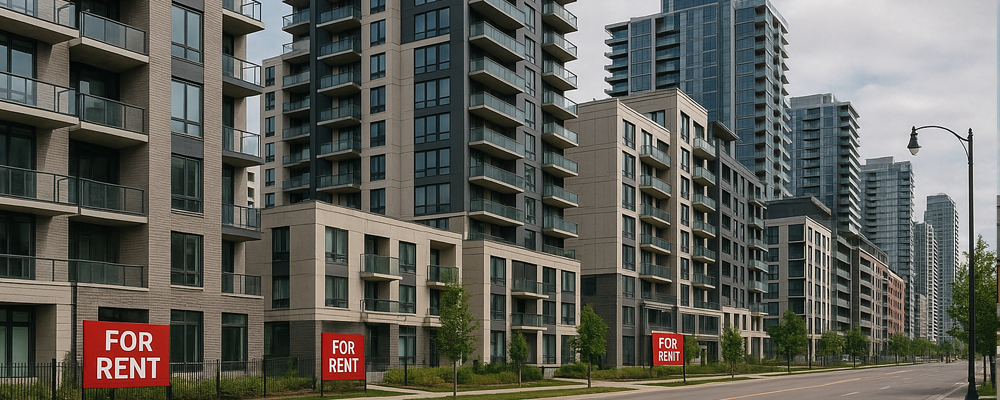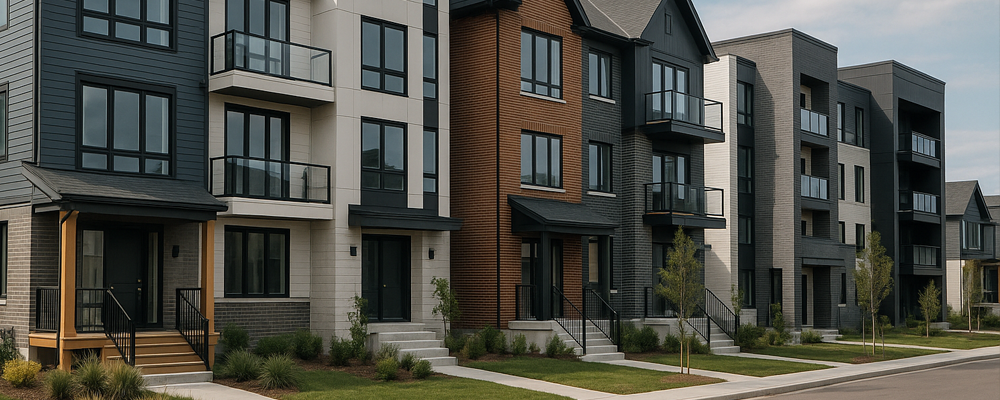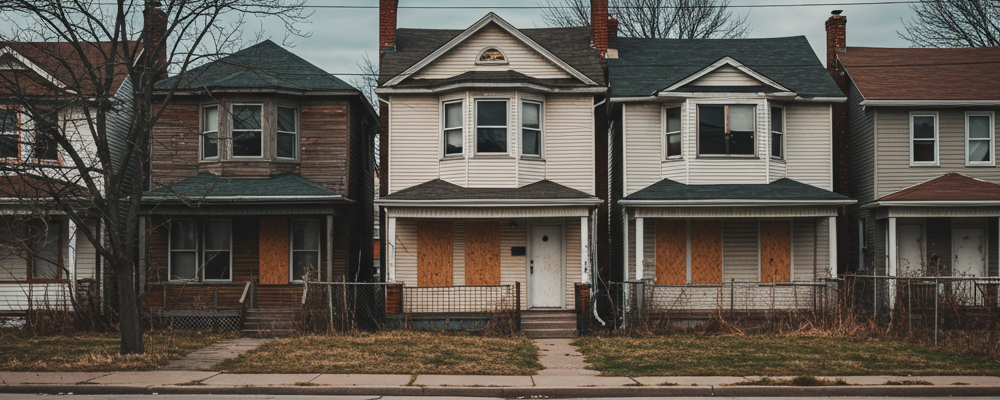Ontario’s vacant property tax is reshaping the real estate landscape. As housing affordability remains a top concern, this policy aims to encourage property use and increase the housing supply. If you own residential property in Ontario, understanding the vacant property tax is essential to avoid penalties and make informed decisions.
What Is the Vacant Property Tax?
The vacant property tax is a levy imposed on owners of residential properties that remain unoccupied for a significant portion of the year. Its primary goal is to discourage leaving homes empty and to motivate owners to rent or sell, ultimately boosting available housing supply .
The tax typically applies if a property is vacant for more than six months in a calendar year.
Owners must submit an annual declaration of their property’s occupancy status – even if the property is occupied.
The tax rate and rules vary by municipality, but the intent is consistent: reduce vacancy, increase housing options, and generate revenue for affordable housing.
Where Does the Vacant Property Tax Apply?
As of 2025, only a handful of Ontario municipalities have implemented the vacant property tax:
Toronto
Ottawa
Hamilton
Windsor
Sault Ste. Marie
Each city sets its own rates and procedures , but all require annual declarations and have penalties for non-compliance.
How Much Is the Vacant Property Tax?
The vacant property tax rate varies depending on the municipality:
Toronto: 3% of the property’s current assessed value (CVA) in 2024, up from 1% in previous years.Hamilton: 1% of the property’s CVA, first payable in 2025.Other municipalities: Rates range from 1% to 4% of CVA.
Example Calculation
If your Toronto property is assessed at $1,000,000 and is vacant for over six months, the tax bill would be:$1,000,000×3%=$30,000$1,000,000×3%=$30,000
Who Must Pay the Vacant Property Tax?
All residential property owners must declare their property’s status annually, regardless of occupancy.
If you fail to declare by the deadline, your property may be deemed vacant, and the tax will apply.
Exemptions exist for certain scenarios, such as major renovations, death of the owner, medical care, or recent property transfers.
How Do You Comply?
Annual Declaration:
Required Information:
Customer number and property address or 21-digit assessment roll number (found on your property tax bill).
Penalties for Non-Compliance:
Failure to declare or false declarations can result in fines up to $10,000, plus monthly interest charges of 1.25%.
Non-declaration fees and late penalties may also apply.
Policy Implications for Property Owners
Impact on the Housing Market
The vacant property tax has led to a significant reduction in empty homes. In some areas, vacancy rates dropped by up to 21% after the tax was introduced.
However, studies show that while the tax increases housing availability, it does not necessarily lower rents or spur new construction.
In Toronto, the tax generated $54 million in 2023, with projections to nearly double in 2024. These funds are directed toward affordable housing initiatives.
Benefits
Encourages owners to rent or sell vacant properties, increasing housing supply.
Generates revenue for affordable housing and social programs.
Helps municipalities track and address the true number of vacant homes.
Challenges
The effectiveness of the tax in lowering overall housing costs remains debated.
Owners must stay vigilant about annual declarations to avoid costly penalties.
Some municipalities have paused or delayed implementation, awaiting results from early adopters.
Exemptions and Appeals
Common exemptions include:
Major renovations (with permits)
Owner’s death
Extended medical care
Recent property transfer
Occupancy by family or tenants for at least six months
Owners can appeal if they believe the tax was applied in error or if they meet exemption criteria. Documentation is required for all exemption claims.
How to Prepare as a Property Owner
Mark the annual declaration deadline on your calendar.
Gather necessary documents (tax bill, assessment roll number).
Check for possible exemptions if your property was vacant.
Consult with a real estate or tax professional for complex situations.
Learn More and Take Action
For detailed information and updates, visit your municipality’s official website or consult legal and real estate experts. For example, Toronto’s Vacant Home Tax portal and Hamilton’s Vacant Unit Tax page offer comprehensive resources.
Ready to navigate Ontario’s vacant property tax or need advice on your real estate strategy? Contact Bridge for personalized guidance and expert support.




